In the dining car menu collection at the Colorado Railroad Museum, there are numerous breakfast menus that offer French toast as an option. One particular railroad company that was well-known for its top-notch dining car service and recipes was the Atchison, Topeka & Santa Fe. We’ve presented several blogs about the AT&SF dining car service because it was simply that good! Plus, our collection seems to yield more and more gems as we dig through our files to research these blogs.
One such gem is this dining car placemat, featuring the entire AT&SF route and interesting towns and features along the way.
AT&SF was not only known for the food it served, but also for the beautiful illustrations and paintings on its dining car menus and advertising materials. Menus featured paintings by artists such as Eanger Irving Couse (1866-1936), a Michigan native who studied in New York and Paris, but also had a studio in Taos, New Mexico. Couse was actually a founding member of the Taos Society of Artists, along with other well-known artists like Ernest Blumenschein and Joseph Henry Sharp. Due to his prolific work at Taos, the AT&SF commissioned Couse’s works between 1922 and 1934 for its dining car menus and brochures, which helped lure tourists to visit the beautiful American Southwest.
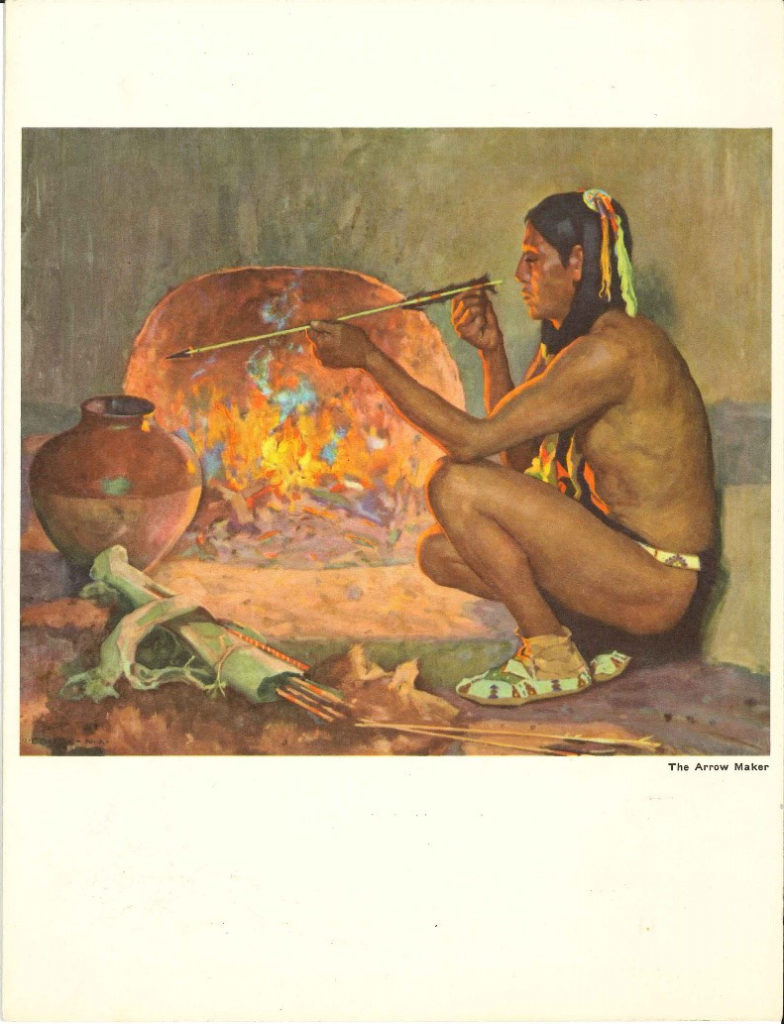
Figure 2 A 1962 AT&SF breakfast menu featuring “The Arrow Maker” by E.I. Couse, painted circa 1922-1934. CRRM. collection.
.
The idea to use Taos colony art on AT&SF menus and ads came from William H. Simpson, chief of the AT&SF advertising department from the 1880s to at least the 1920s. Simpson would make annual trips to the southwest, including Taos, to explore inspirations for his AT&SF ads. As a result of this exploration, the AT&SF developed an art collection of roughly 1,000 paintings, lithographs, photos, and more, used in its advertising. Today, this collection is housed at the Burlington Northern Santa Fe (BNSF) headquarters in Ft. Worth, Texas.
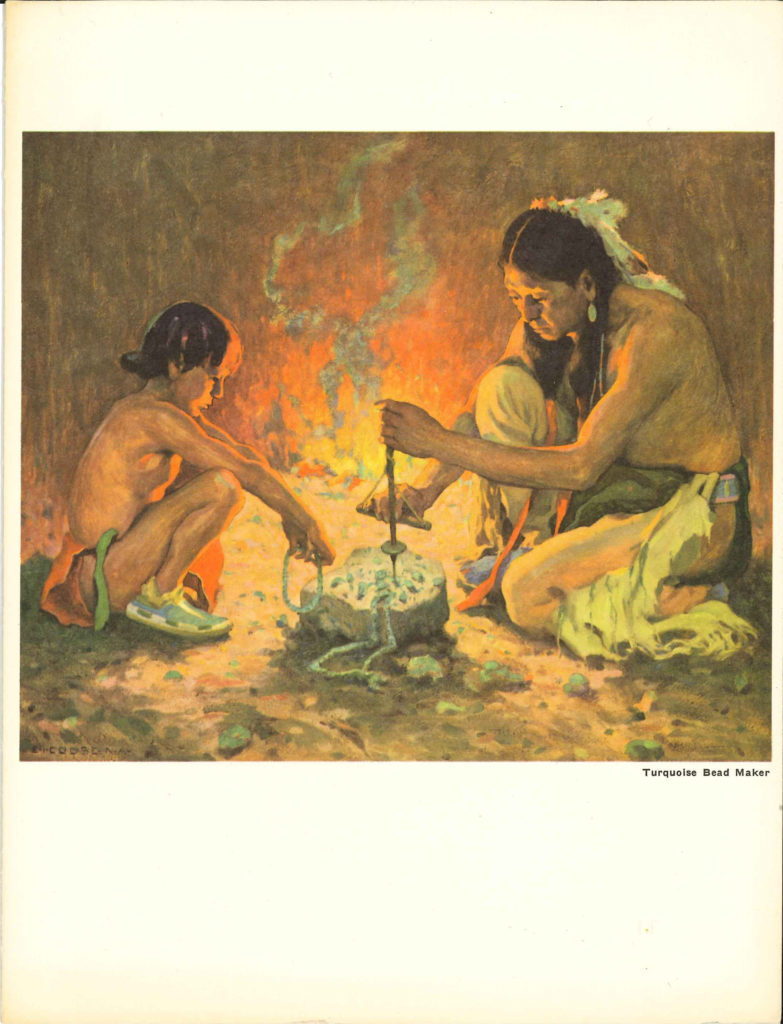
Figure 4″Turquoise Bead Maker” by E.I. Couse, featured on an AT&SF breakfast menu from the 1960s. CRRM collection.
With its beautiful and idyllic images of the Southwest, it’s no wonder that the AT&SF enticed many people to explore Taos, as well as other destinations in the Four Corners region. Perhaps those travelers enjoyed some French toast on their journey through the Southwest, while they admired the artwork on their dining car menus.

Figure 5 Post-1920s AT&SF menu featuring French toast with bacon or orange marmalade. CRRM collection.
So, why is French toast called French toast? For starters, it is not necessarily of French origin. People have been taking stale bread, soaking it in an egg and milk mixture, and then frying it for centuries. Even the Romans had a dish called pan dulcis, which literally translates to “sweet bread.” There are also stories of European medieval families making a dish similar to French toast in order to utilize every bit of food possible during leaner times. The French call the dish pain perdu which translates to “lost bread” and makes sense when you consider the medieval story about stale, leftover bread being used up. However, there was also a man named Joseph French, an Albany, NY innkeeper, who in 1724 invented a similar dish and simply named it after himself. Whether Mr. French or the Romans invented it, suffice it to say French toast’s origins are numerous and varied.
We invite you to try out the following recipes from the AT&SF and Chicago, Burlington & Quincy. Please let us know how they turn out via the comments, or our Facebook, Instagram, or Twitter pages.
****
Santa Fe French Toast
Hans Mayr, Research Chef, Chicago, Illinois
Ingredients:
1 cup light cream (half and half)
4 eggs
3 slices bread cut 3/4 inch thick
1/4 teaspoon salt
Confectioners’ sugar
Vegetable oil
Instructions:
Cut firm homemade type unsliced bread into 3/4 inch slices. Trim crusts and cut into triangles. Combine beaten eggs, cream and salt. Dip bread triangles into mixture, allowing them to absorb as much custard as possible. Fry in about 1/2 inch of vegetable oil preheated to 325 degrees. When one side is golden brown, turn and brown on second side. Turn only once. Place on a shallow baking pan (a jelly roll pan is perfect for this) and allow to puff in a 400-degree oven for three to five minutes. Drain on paper toweling to absorb excess fat. Sprinkle with confectioners’ sugar and serve immediately with applesauce, currant jelly, honey, or maple syrup. Add pork sausages, bacon strips, Canadian bacon, or ham. Serves three, two triangles each.
Recipe from The Harvey House Cookbook: Memories of Dining Along the Santa Fe Railroad by George H. Foster and Peter C. Weiglin, 1992.
****
Chicago, Burlington & Quincy French Toast
Beat two eggs with a half cup of cream. Use bread at least one day old. Cut slices one inch thick, trim and cut in diamond shape. Soak bread well in cream and egg mixture on both sides and fry until golden brown. When done, dry the toast on a clean towel and dust over with powdered sugar and serve.
Recipe from Dinner in the Diner: Great Railroad Recipes of All Time by Will C. Hollister, 1965.
Past Dining on the Rails Posts:
Dining on the Rails: February 2022 – A Chocolatey Valentine’s Treat!
Dining on the Rails: January 2022 – Western Pacific Pork Tenderloin
Dining on the Rails: December 2021 – Cranberry Sauce
Dining on the Rails: November 2021 – Oyster Stuffing!
Dining on the Rails: October 2021 – Chicken Pot Pie
Dining on the Rails: September 2021 – Chili
Dining on the Rails: August 2021 – Pullman “Tom Collins” Cocktail
Dining on the Rails: June – How about a salad?
Dining on the Rails – Atchison, Topeka & Santa Fe Ham!
Dining on the Rails: CRI&P’s New England Boiled Dinner
Dining on the Rails: A Sweet Treat for your Valentine!
Dining on the Rails: Black Eyed Peas!
Dining on the Rails: Eggnog
Dining on the Rails: Happy Thanksgiving!
Dining on the Rails: Union Pacific Apple Pie
Dining on the Rails, August 2020
Dining on the Rails, July 2020
Dining on the Rails, June 14, 2020
Dining on the Rails, June 7, 2020
Dining on the Rails, May 31, 2020
Dining on the Rails, May 24, 2020
Dining on the Rails, May 17, 2020
Dining on the Rails, May 10, 2020
Dining on the Rails, May 3, 2020
Dining on the Rails, April 26, 2020
Dining on the Rails, April 19, 2020
Dining on the Rails, April 12, 2020
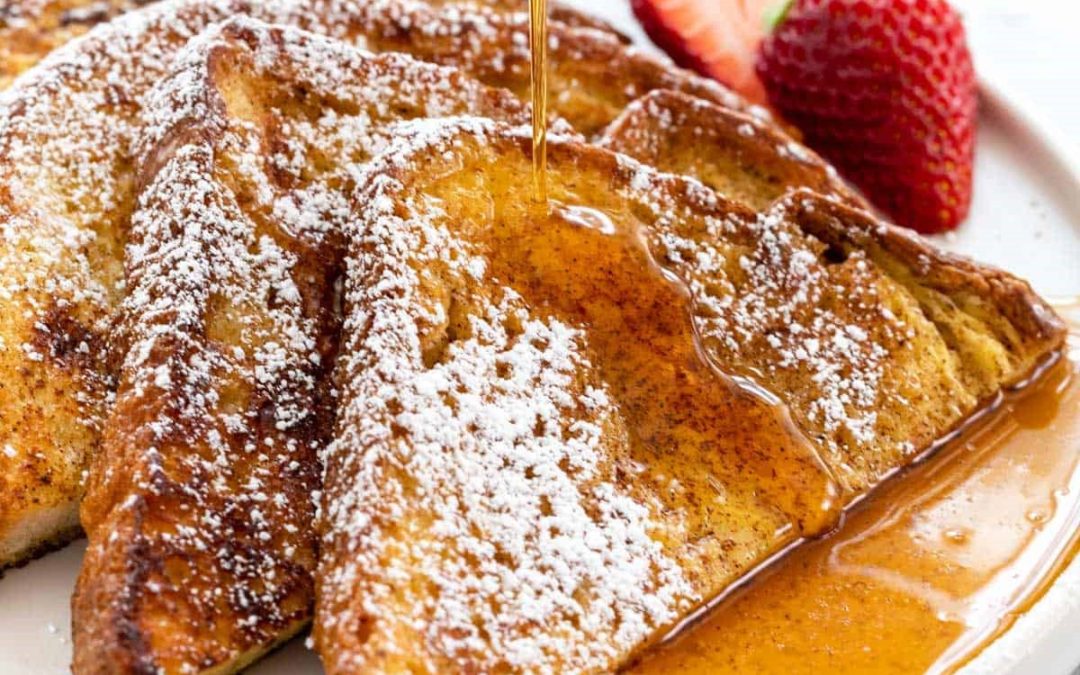

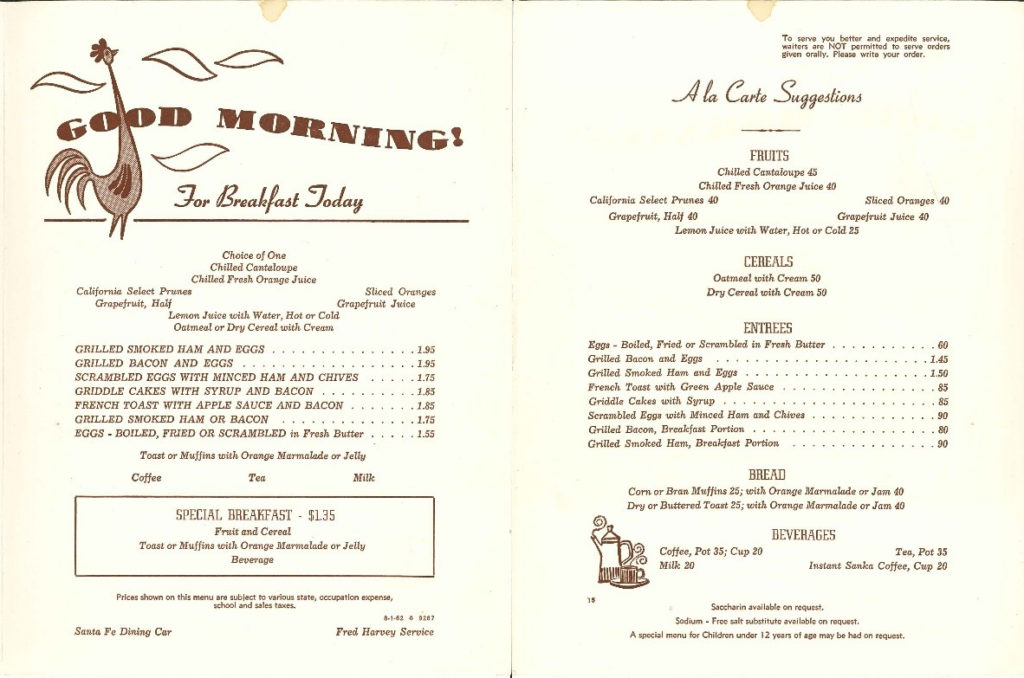
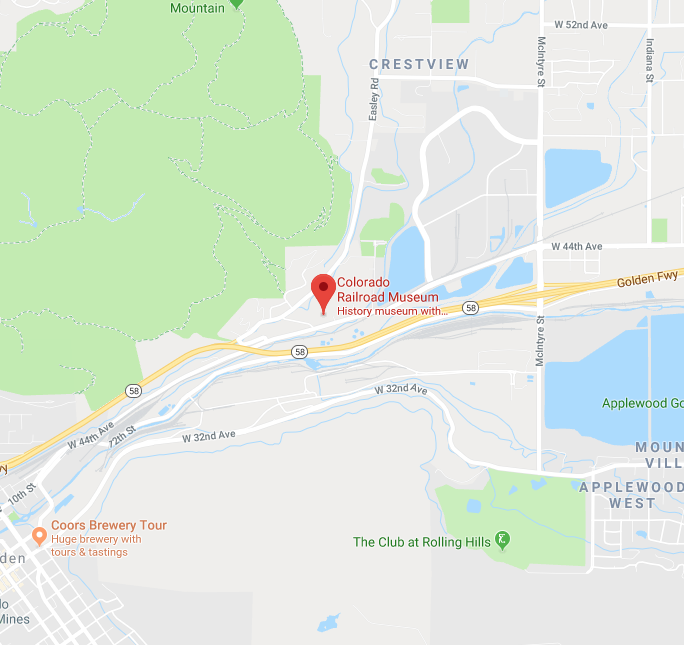

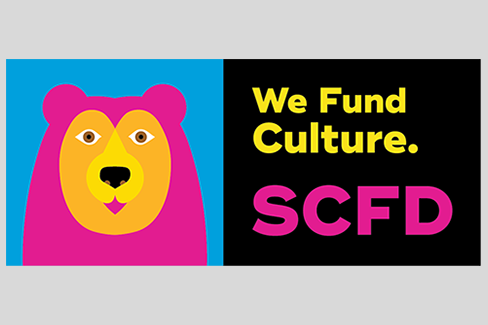
I love these posts!